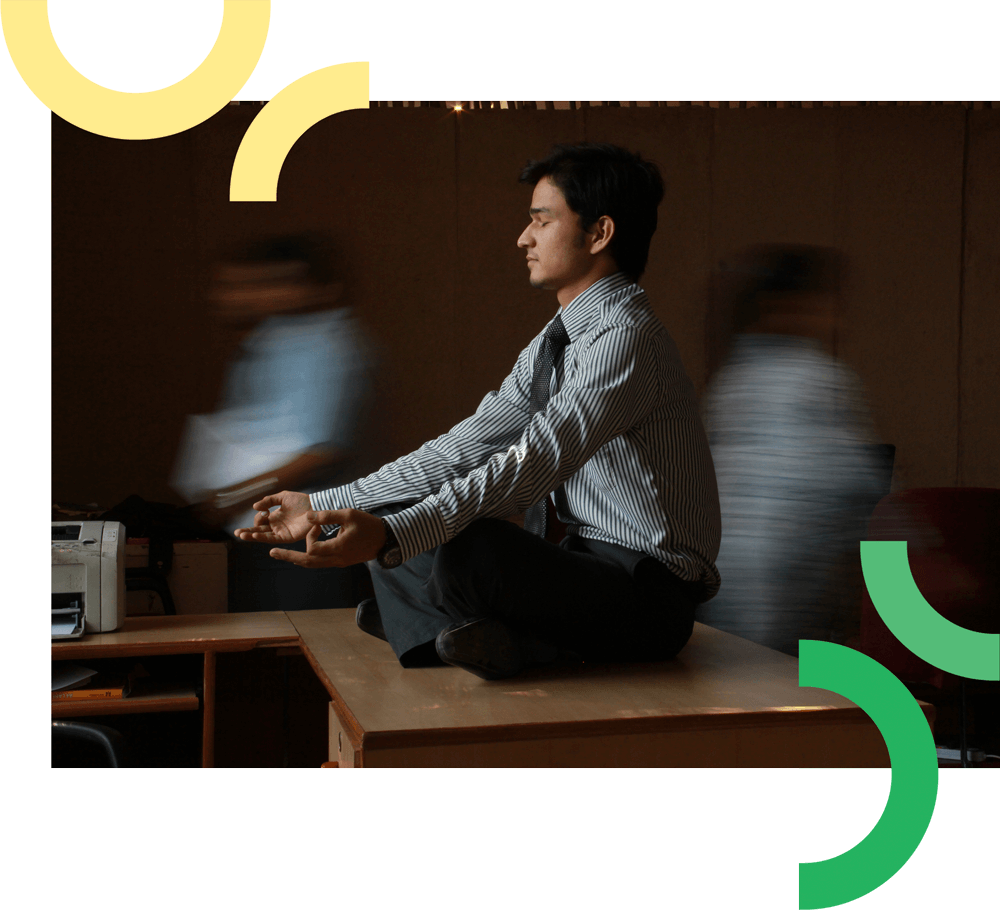Employees -
your most Valued Asset

35 working professionals die by suicide EVERY DAY in India
42.5% employees in India are suffering from depression or some kind of mental health illness
The pandemic has exacerbated mental health issues, some studies showing that more than 50% of all employees are worried about their future.
An average employee suffers from a range of stresses which may increase the risk factors for suicide, such as:

Job insecurity
High pressure environments with ambitious goals and tight deadlines
Fierce competition between colleagues
Challenges in balancing work with family obligations and time off
Lack of support from colleagues
Stress related to appraisals and office politics
Workplace bullying
Long working hours
Social isolation. The pandemic has exacerbated these tensions by pushing employees to work from home.
A lack of attention to worker mental health and job stress can be a costly proposition
Reduced productivity levels
Increased absenteeism - short and long term disability days
Lack of job satisfaction
Suicide ideation and suicide attempt
Increased disability claims
Increased employee turnover
Access the Basic programs for MHPs here:
This study shows suicide cost and return on investment on suicide prevention strategy. For every AU $1 invested there is a return of AU $4.60, representing a positive economic investment of public funds.

The average cost associated with an incident involving a short-term absence is estimated to cost AU $925; each self-harm incident resulting in full incapacity is estimated to cost AU $2.78 million; and each suicide incident resulting in a fatality is estimated to cost AU $2.14 million. The key cost driver in both full incapacity cases and a fatality is lost income (and taxes), and, for full incapacity only, the additional cost of welfare payments. Given the average age of each suicide is 37.7 years in NSW, this equates to a loss of 27.3 years (65 years − 37.7 years) in potential productive employment.
Proactive efforts to prevent suicide can have a higher return on investment as good mental health leads to:
Increased self-esteem
Good job performance
Reduced labour turnover
QPR training helps
A study reported that 55% of the participants exhibited acceptable gatekeeper skills after a 1-hour QPR gatekeeper training. Despite the training’s focus on education and awareness, 50% of the sample demonstrated the ability to use QPR. During a follow-up post 6 weeks after training, participants mentioned having discussions with coworkers, family and friends about the GKT and suicide prevention. 90% thought about what they learned since the training, 88% reported feeling more aware of the risk factors and over 50% identified themselves as ‘gatekeepers’

Promoting employee mental wellbeing will reduce the risk of sucide ideation among them
Economic Studies for Mental Health Promotion and Mental Illness Prevention in the Works lace Sector
This study shows reduced costs due to absenteeism on promoting mental health at workplace
ABSTRACT Amid soaring health spending, there is growing interest in workplace disease prevention and wellness programs to improve health and lower costs. In a critical meta-analysis of the literature on costs and savings associated with such programs, we found that medical costs fall by about $3.27 for every dollar spent on wellness programs and that absenteeism costs fall by about $2.73 for every dollar spent. Although further exploration of the mechanisms at work and broader applicability of the findings is needed, this return on investment suggests that the wider adoption of such programs could prove beneficial for budgets and productivity as well as health outcomes.
The World Health Organization and the International Labour Organization suggests that three things are necessary to create a mentally healthy workforce.
First, employers and managers must recognize that mental health issues are a legitimate work-related concern, whatever their precipitating factors, and develop policies and guidelines to address them.
Second, employers must understand disability legislation and the need to make accommodations for people with mental disabilities.
Third, employers must develop appropriate prevention and promotion policies and programmes.
We can help!

We can HELP prepare your oragnisation to address mental health issues and prevent suicide by delivering a range of proactive interventions customised to your needs. Partnering with the QPR Institute, a global leader in suicide prevention, we can help you create a suicide prevention strategy as well as a Mental Health Policy through inputs from your administation and employees.
Rather than waiting to offer support in a moment of crisis, allow us to prepare your organization to develop the institutional mechanisms necessary to enhance the resilience of the employees, create an atmosphere of psychological health and safety, and communicate to all employees that they are valued.
You can also become a Gatekeepr which is a WHO recommended suicide prevention strategy to help those who are emotionally distressed or potentially suicidal. Trained Gatekeepers learn to recognize signs of suicide, provide emotional support, persuade to get help, and refer those with suicidality to mental health support services.




